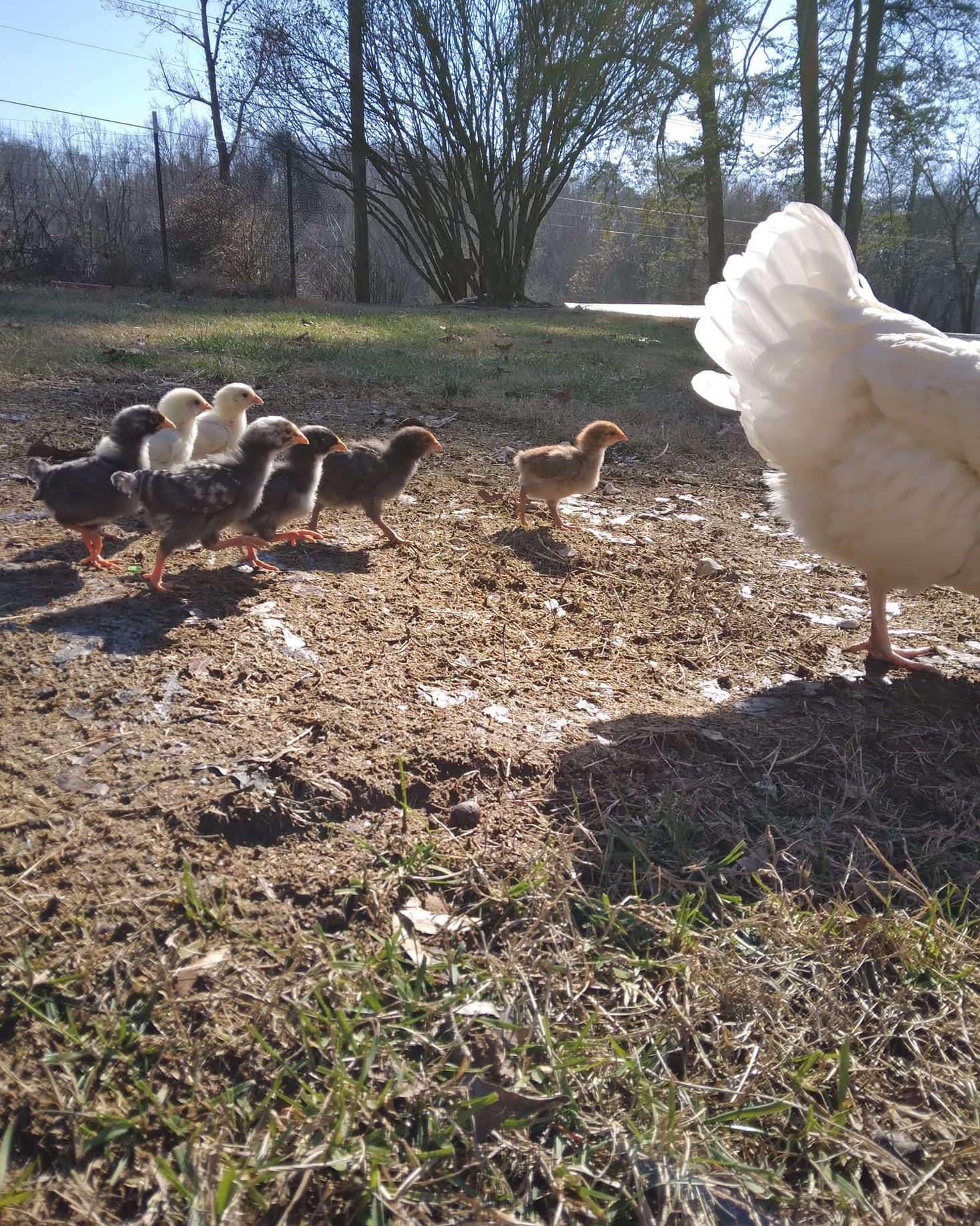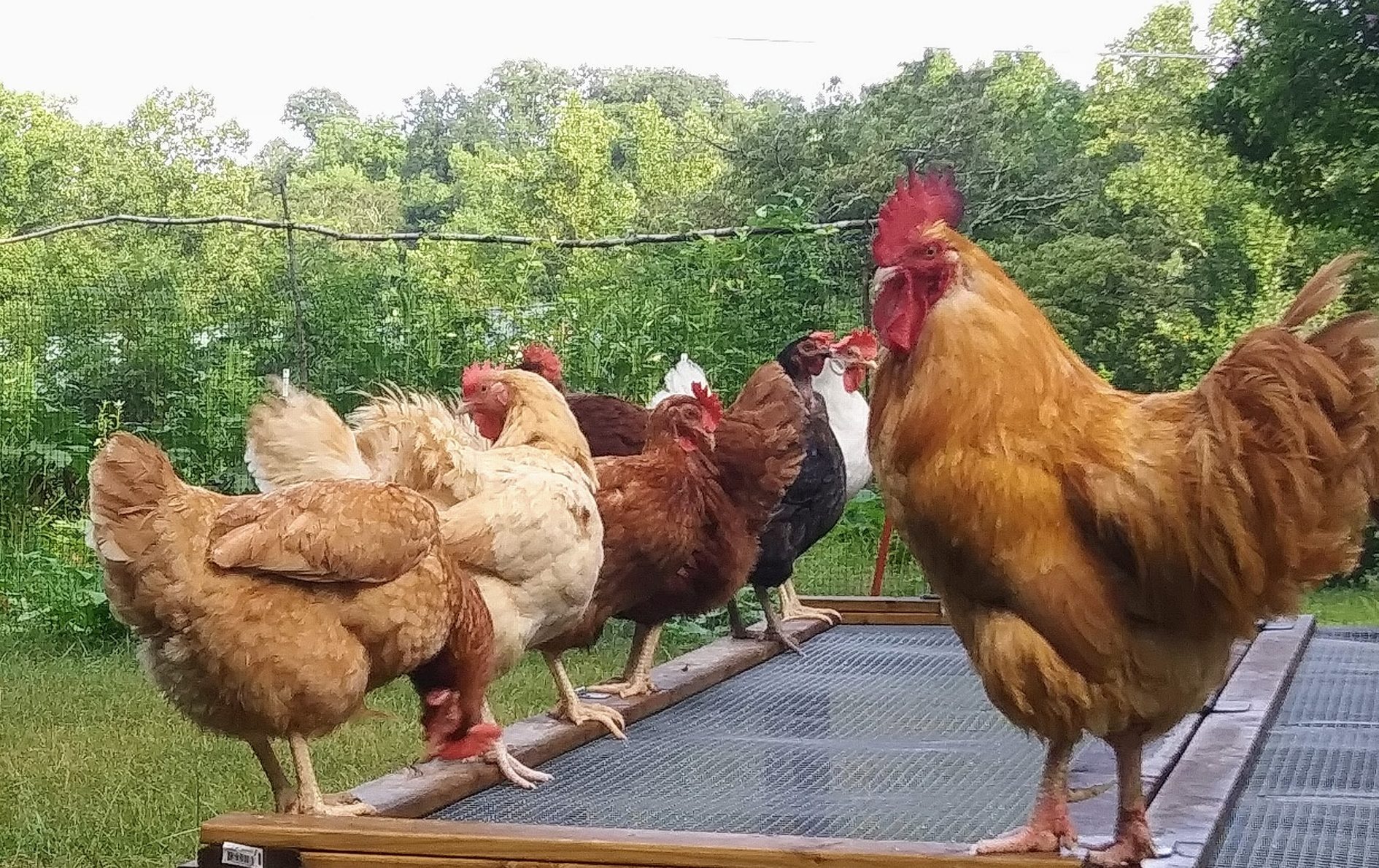Broodiness-The Instinct to Hatch
There’s something incredibly heartwarming about seeing a mother hen puffed up over a clutch of eggs, her eyes alert and protective. Broodiness—the instinct to hatch and raise chicks—is one of the most natural and beautiful behaviors in the chicken world.
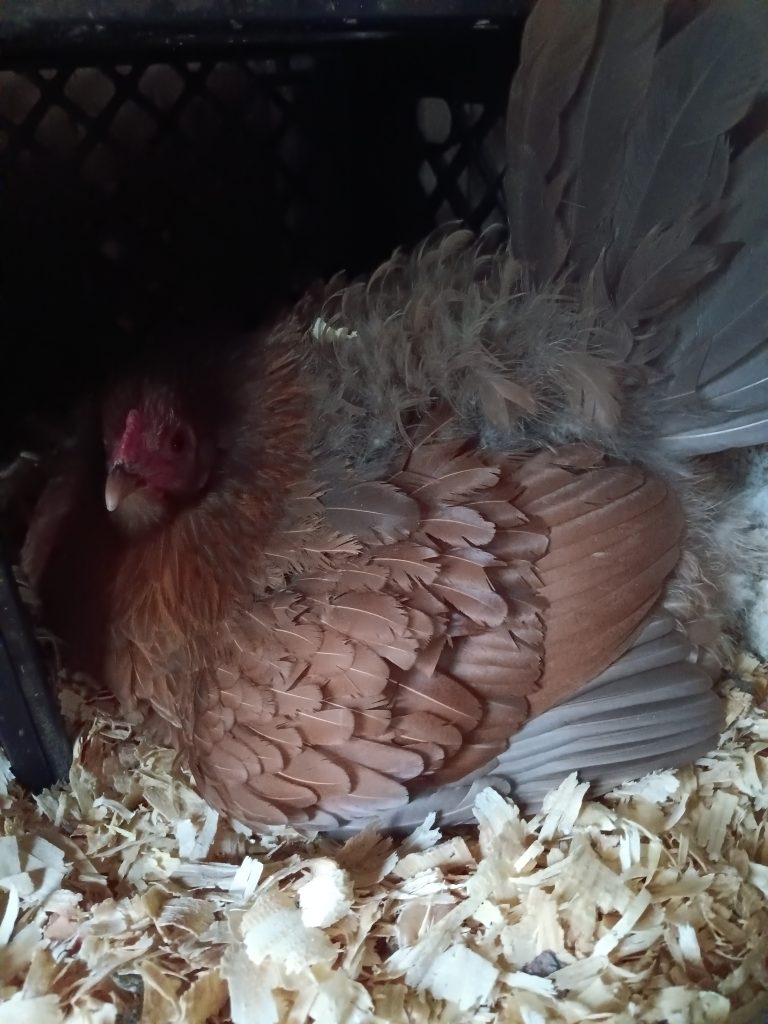
Whether you’re new to backyard chickens or a seasoned keeper, working with a broody hen can be a rewarding (and sometimes challenging) experience. Here’s what you need to know—and why it just might be one of the best parts of chicken-keeping.
What is a Broody Hen?
A broody hen is one whose instincts have kicked in to hatch eggs. She’ll spend her days on the nest, only leaving briefly to eat, drink, and relieve herself. You might notice her fluffing up, growling softly, or even giving you a peck if you get too close—she’s serious about her mission.
The broody process is powered by hormones—especially prolactin, which is produced in the pituitary gland. This hormone tells her body, “It’s time to hatch, not lay.” As prolactin levels rise, her egg production stops and she shifts into full-time mama mode.

To keep her eggs warm, a broody hen’s body temperature increases slightly. Her warm, feathery body becomes a natural incubator, maintaining the ideal temperature—around 99.5 to 101.5°F—to help her eggs develop and eventually hatch.
You might notice a bald spot on your broody hen’s chest. Don’t worry—she did that on purpose! She’s creating a “brood patch” so the eggs can rest directly against her skin. This helps her control humidity and temperature like a pro.
Broody hens are laser-focused. They’ll only leave the nest once or twice a day, if that, to grab a quick bite or sip of water. Her metabolism slows down, and she may lose some weight during the 21-day incubation period. Her whole world revolves around those eggs.
Even the sweetest hen can turn into a little fireball when she’s broody. She might growl, fluff up, or even peck if you get too close. Her maternal instincts kick into high gear—she’s not being mean, just fiercely protective of her future babies.
Broody hens sleep more lightly and stay alert, even at night. She’s always listening, always on guard, ready to protect her nest from any potential threats.
One of the most magical parts? As hatch day nears, mama hen starts clucking softly to her eggs, and the chicks chirp back from inside the shells! This early bonding helps synchronize the hatch and builds a connection before the chicks even break through.
Every bit of energy goes into the task at hand. She’s not scratching for bugs or wandering the yard—she’s completely devoted to her nest. For 21 days straight, she commits to hatching those eggs, and often continues mothering her chicks for weeks after they arrive.
Watching a broody hen is a beautiful reminder of how smart and instinctual animals truly are. From hormone shifts to chick-whispering, her body knows exactly what to do. So the next time you have a hen that goes broody, take a moment to appreciate the incredible transformation happening right under her feathers. Nature really is amazing.
Letting Her Hatch: What to Expect
If you’ve decided to let your broody do her thing, here are a few tips to help her—and the babies—along:
Be patient: Chicken eggs take 21 days to hatch, and mama hen will do most of the work. Once the chicks arrive, she’ll keep them warm, teach them to eat, and fiercely protect them.
Mark or isolate her eggs: Slip a clutch of 8–12 fertile eggs under her (they must all start developing at the same time). If she’s in a community nest box, move her to a quiet, private space to prevent confusion.
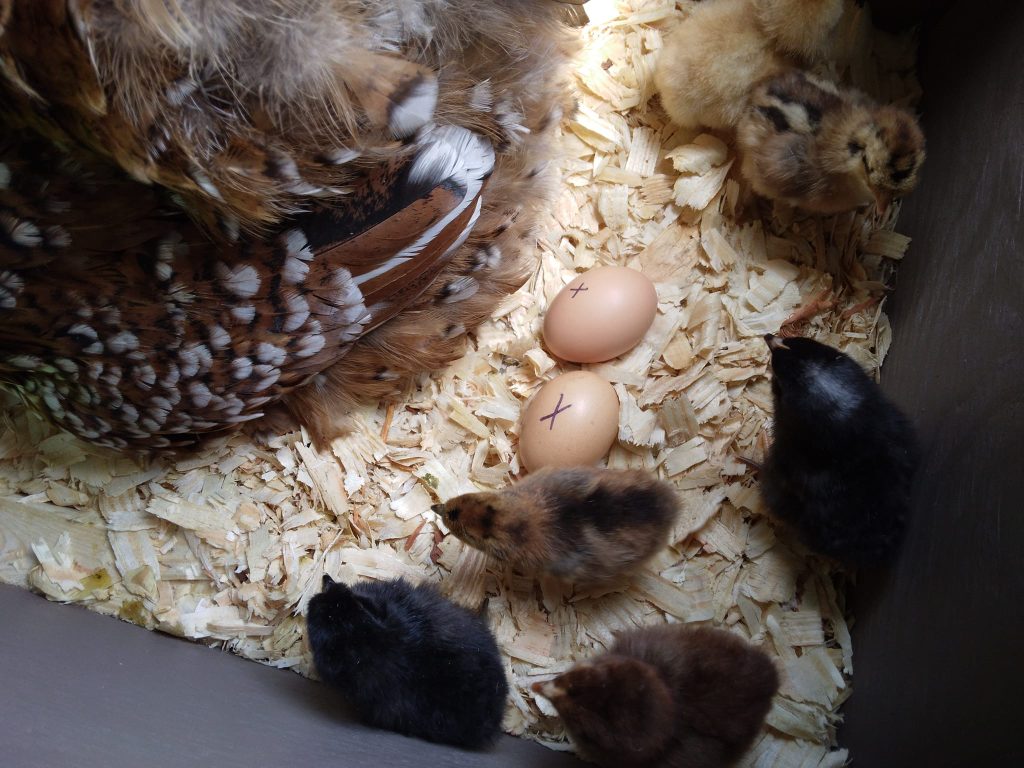
Provide fresh food and water nearby: She won’t leave the nest often, so make sure essentials are close.
Check her health: Make sure she’s still eating, drinking, and not losing too much weight.
Why Broody is Best
Raising chicks with a broody hen is often easier (and more natural) than using an incubator or brooder box. She regulates their temperature, teaches them what to eat, and integrates them into flock life when the time is right.

Watching a mother hen teach her babies to scratch and peck, or seeing them nestle under her wings at dusk, is pure farmyard magic.
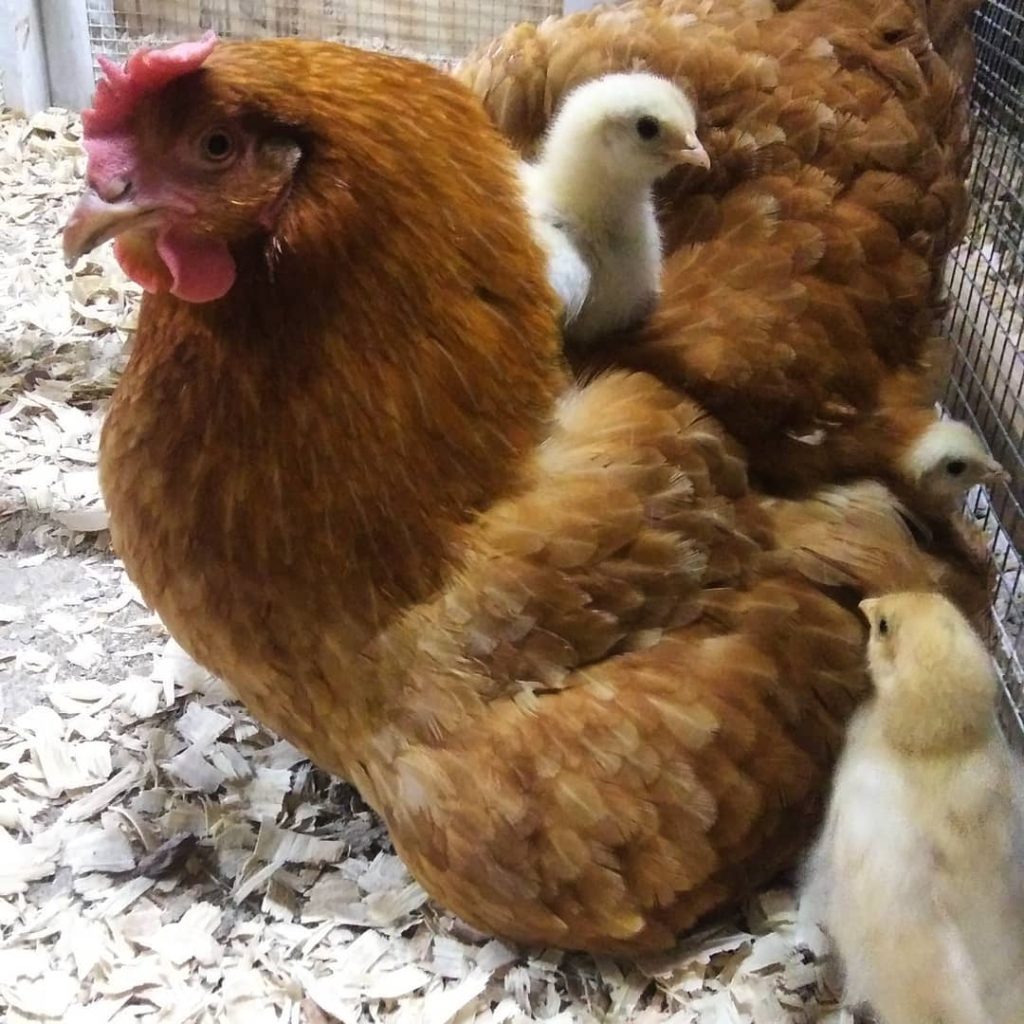
Tips for Success
Isolate if needed: Some flocks can be rough on chicks. A separate space ensures safety for the first few weeks.
Don’t interfere too much: Let mama do her job. She knows what she’s doing.
Watch for problems: Rarely, hens abandon the nest or a chick may need extra help. Keep an eye out, but resist the urge to micromanage.
When It’s Not the Right Time
Sometimes, you might not want your hen to go broody—especially if it’s too hot, too cold, or you’re not set up for chicks. In that case, gently “break” the broodiness by removing her from the nest frequently or placing her in a wire-bottomed cage (a “broody breaker”) to cool her underside and disrupt the instinct.
Broody hens and baby chicks are one of the most rewarding parts of chicken-keeping. It’s nature in its purest form—and a reminder that sometimes, the best incubator is the one with feathers and a fierce mother’s heart.
If you’ve got a broody hen on your hands, consider giving her a chance. You might just fall in love with the process of raising chicks all over again.
